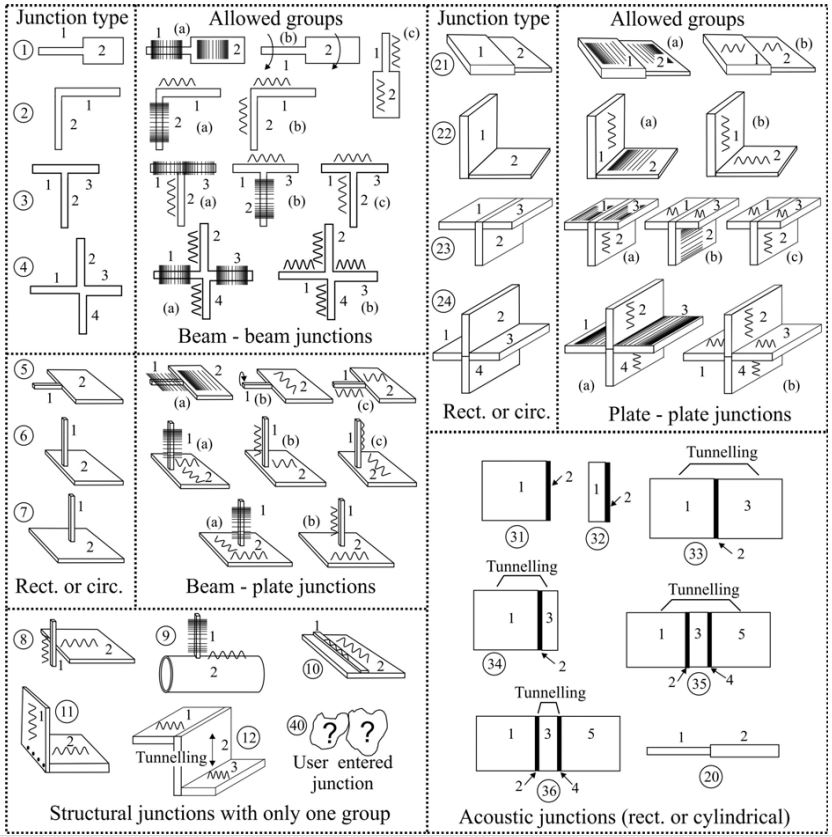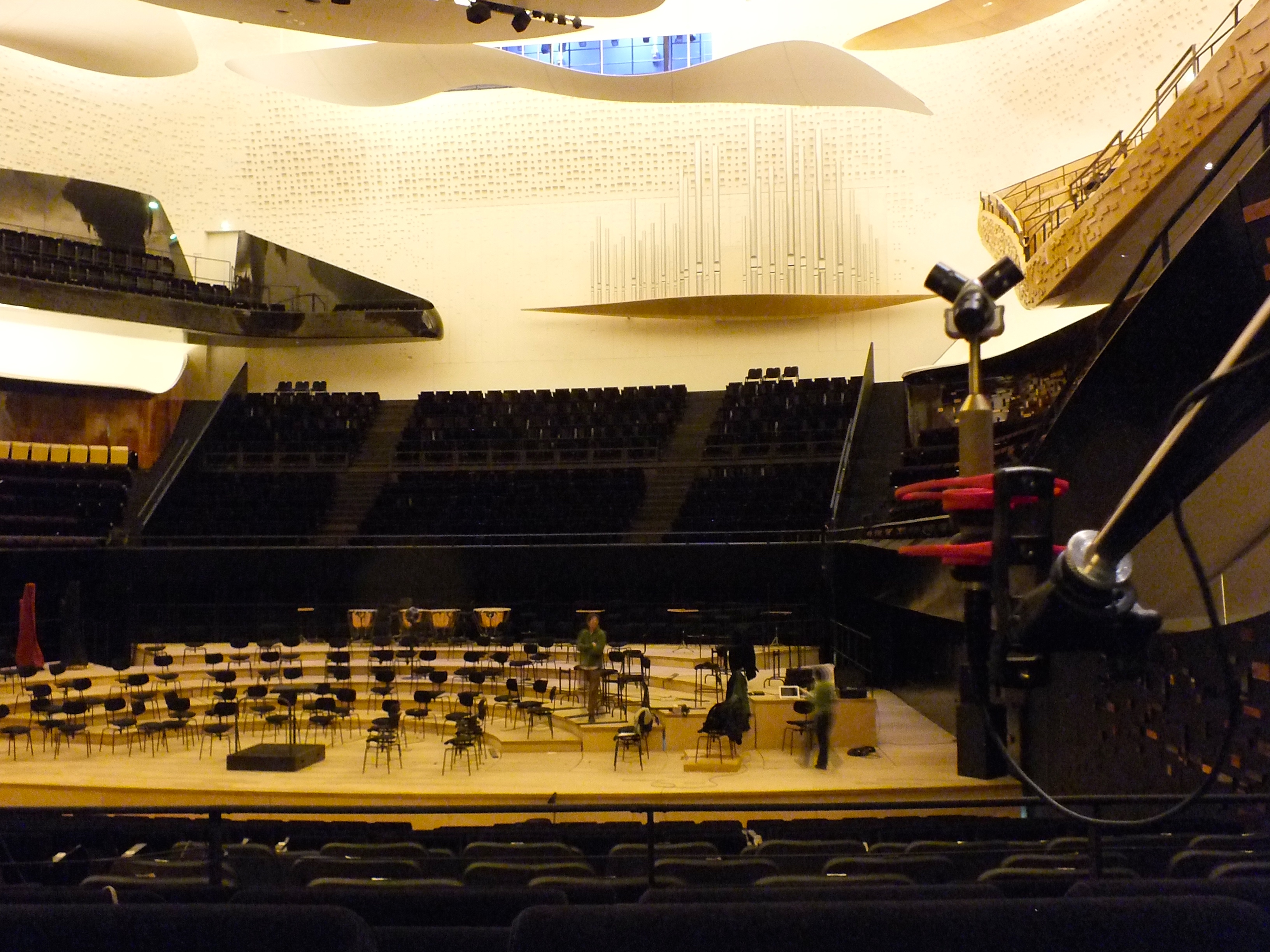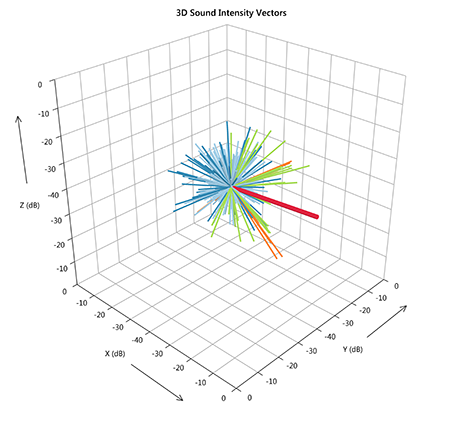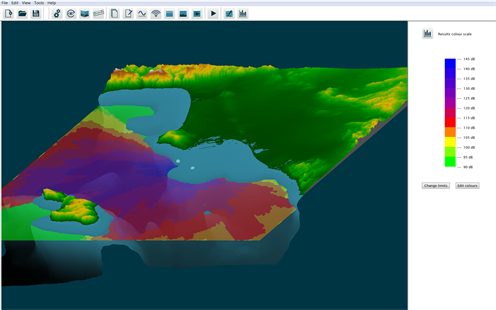INSUL Version 10 har nu släppts.
Utvecklingsteamet har utvärderat beräkningsalgoritmerna i INSUL och uppdaterat en stor del av dessa. De nya beräkningsrutinerna har validerats och testats för att verifiera noggrannheten.
Nyheterna är bl a Quadrupelkonstruktioner för väggar och bjälklag med upp till tre kaviteter. En helt ny vågbaserad beräkningsmodell har tagits fram för beräkning av fönster och glas som beräknar modala responsen för tvåglas, treglas och fyrglasrutor.
Andra nyheter i Insul Version 10 är:
- Custom illustration views kan sparas och hämtas
- Nya regeltyper
- Vidareutvecklad beräkningsmodell för enkel-, dubbel- och trippelkonstruktioner.
- Uppdaterad beräkningsmodell för stegljud för dubbel och trippelkonstruktioner.
- Uppdaterad rain noise model för dubbelkonstruktioner
- Uppdaterade beräkningsmodell för reglar som tar mer hänsyn till reglarnas egenskaper.
- Vidareutvecklade materialegenskaper för betong, gipsskivor och glas.
Mer information om quadrupelmodeller och den nya vågbaserade beräkningsrutinen för glas kommer senare. Här finns ett produktblad om Insul 10 så länge: INSUL-Version 10.
Om du vill testa Insul 10 kan vi erbjuda en tidsbegränsad trial licens. Kontakta i så fall Vibraphon info@vibraphon.se.







